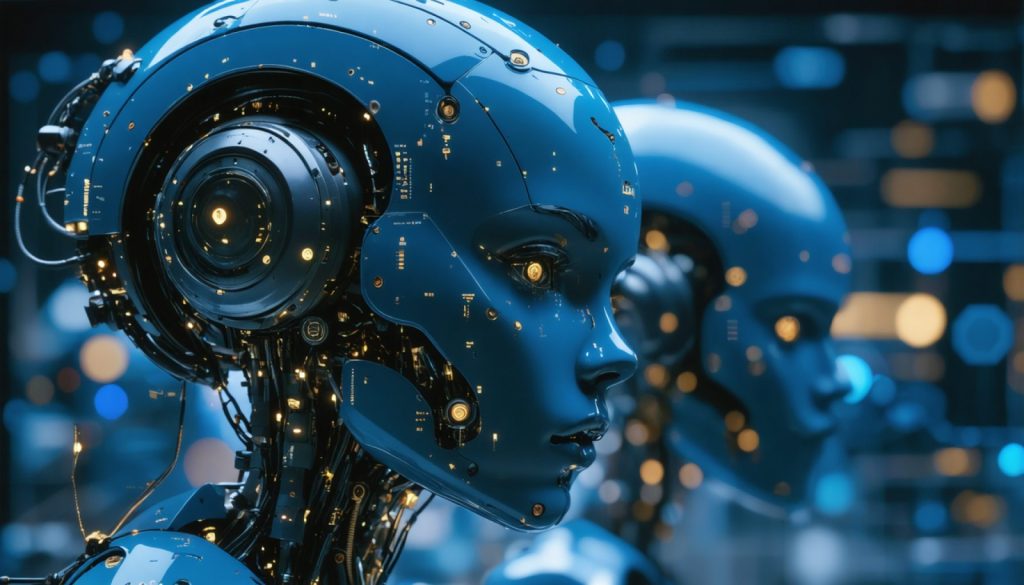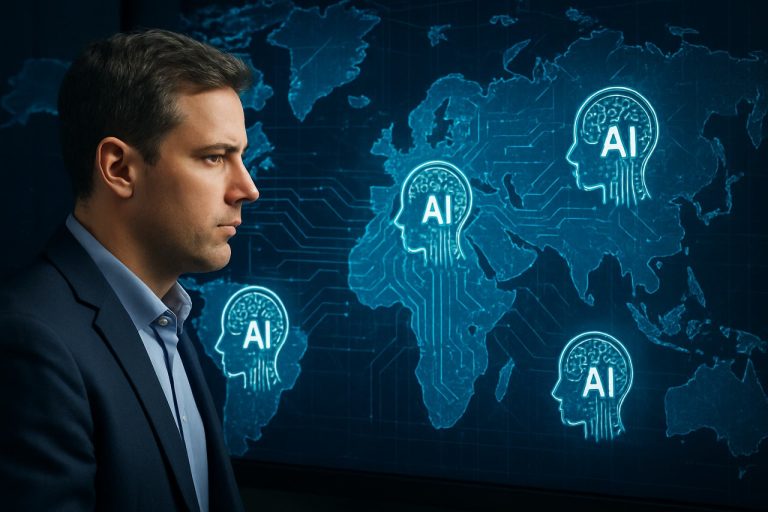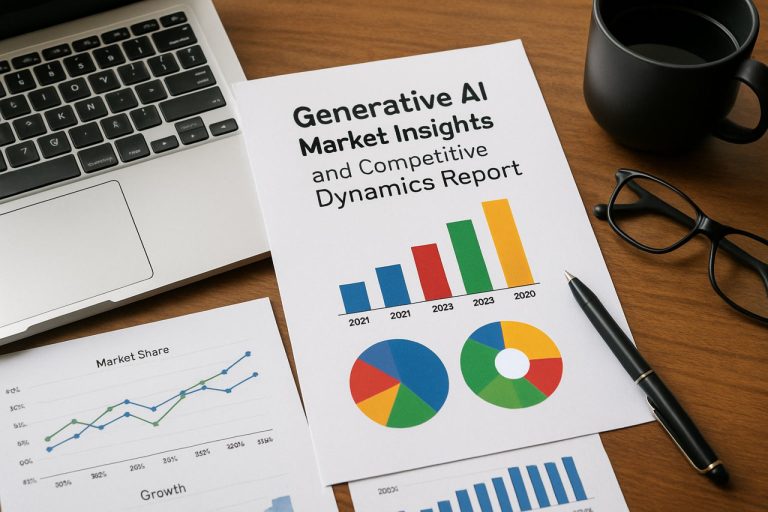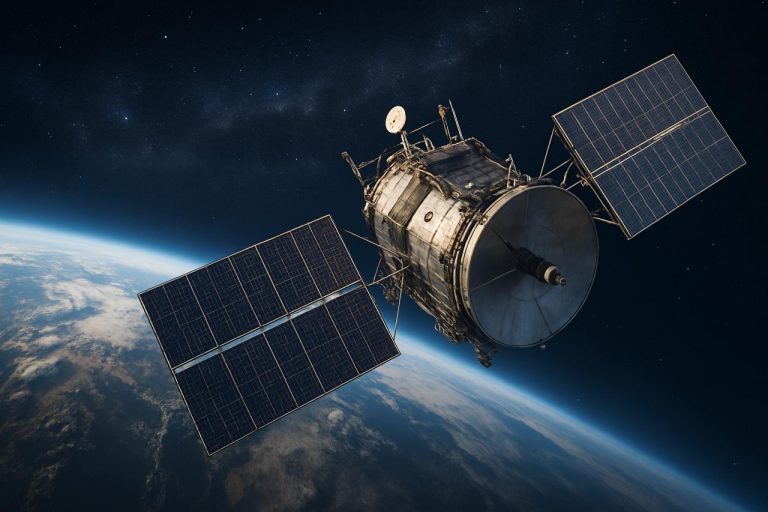
- Artificial intelligence is revolutionizing creative fields, integrating seamlessly into arts, writing, and music composition.
- AI challenges traditional definitions of creativity, producing art and poetry that evoke genuine emotional responses.
- Utilizing neural networks, AI learns from vast data sources, creating innovative pieces that blend familiarity with novelty.
- Critics argue over AI’s authenticity and the emotional depth of its creations, raising questions about true artistry.
- The rise of AI prompts reconsideration of the economic value of human creativity and the future of creative jobs.
- AI acts as both a tool and collaborator, pushing boundaries and inspiring new artistic directions.
- The collaboration between humans and AI may redefine creative possibilities, marking a new era in the creative industries.
- As AI’s creative journey progresses, it poses questions about its role in augmenting or replacing human creativity.
Artificial intelligence is challenging everything we thought we knew about creativity, weaving its digital threads through the arts, writing, and even music composition. Once dismissed as mere algorithms incapable of true innovation, AI has begun to reshape the landscape of creative fields with lightning speed and surprising sophistication.
AI has been diving into the ocean of human creativity with unflagging zest. From crafting hauntingly beautiful symphonies to developing never-before-seen artwork, machines are embracing human-like creativity. Such developments raise intriguing questions about the role and definition of creativity. With robust neural networks, AI is generating paintings that evoke emotions and writing poetry that stirs the soul. Creative works once thought to be the sole domain of human talent are now shared with digital apprentices.
The journey of this technological marvel began with the creation of neural networks that could learn and adapt, evolving through exposure to millions of data points. These AI models assess patterns and styles, synthesizing elements from a wealth of sources to create something startlingly new yet oddly familiar. The sheer speed at which AI learns and evolves allows it to surpass human counterparts in some tasks, such as generating vast amounts of content in the blink of an eye.
Yet, the rise of AI in creative arts is not without its challenges and ethical dilemmas. Critics question the authenticity of AI-generated art and music, arguing that without the human touch, these creations lack the soul and purpose that define true artistry. Moreover, as AI continues to blur the lines between machine learning and human ingenuity, it forces society to reconsider the economic value of human creativity and the future of creative employment sectors.
Despite these debates, AI’s contribution to creative industries is undeniable. It serves not only as a tool for artists and creators to push the boundaries of their work but also as a collaborator that inspires new directions in art and literature. Humans and machines are engaging in a dance of creativity, where one complements the other. This symbiotic relationship might just be the dawn of a new era, where the fusion of human creativity and machine intelligence redefines what’s possible.
The unstoppable rise of AI in creativity invites us to contemplate its potential and challenges. Will machines augment our creative potential, or will they replace the creative process altogether? As we stand on the cusp of this digital renaissance, one thing is certain – AI’s journey into the realm of creativity is just beginning, and its impact will reverberate across every canvas, page, and note.
A Revolutionary Blend: AI and Human Creativity Unleashed
Understanding AI’s Role in Creativity
How AI is Transforming Creative Industries
Artificial intelligence is undeniably transforming the arts, writing, and music composition. Here’s how AI reshapes these fields:
1. Art Generation: AI tools like DeepArt and Artbreeder utilize neural networks to generate artwork that can mimic the styles of famous painters or create entirely new genres. These platforms allow artists to experiment with styles they may not traditionally work with.
2. Music Composition: AI programs such as OpenAI’s MuseNet and Google’s Magenta can compose music mimicking any genre, providing musicians with a collaborative partner that can produce scores rapidly and experiment with complex structures.
3. Literature and Poetry: AI-generated prose and poetry raise questions about the nature of authorship. Programs like GPT-3 can generate texts that are coherent and contextually relevant, challenging the concept of creativity being exclusive to humans.
The Pros and Cons of AI in Creative Processes
Benefits
– Efficiency: AI can process and analyze vast amounts of data faster than humans, producing creative works at an unprecedented speed.
– Inspiration and Innovation: AI can serve as a muse for artists, suggesting novel combinations and ideas that humans might not conceive independently.
– Accessibility: AI democratizes art, allowing people with little to no technical skill to produce creative work, which can be especially beneficial in educational contexts.
Challenges
– Authenticity: Critics argue that AI lacks the emotional depth and intent inherent in human-created art.
– Ethical Concerns: Who owns AI-generated art, and how should it be credited or valued?
– Economic Impact: There is uncertainty regarding how AI will affect jobs in the creative industry, potentially displacing roles traditionally held by humans.
Industry Trends and Market Forecast
The global AI in the art market is projected to grow significantly as technology continues to advance and gain acceptance. As per a report by MarketsandMarkets, the AI in the media and entertainment market is expected to grow from USD 1.8 billion in 2020 to USD 8.4 billion by 2025, highlighting the increasing integration of AI across creative sectors.
Real-World Use Cases
– Personalized Art: Creators can use AI to analyze individual consumer preferences, creating personalized art pieces and compositions tailored to specific tastes.
– Restoration and Preservation: AI assists in restoring damaged artwork, preserving cultural heritage with precision and preserving historical integrity.
Quick Tips for Integrating AI into Creative Work
– Start with a Tool: Experiment with accessible AI tools like RunwayML or Adobe’s Sensei to incorporate machine intelligence in your creative process.
– Use AI as a Collaborator: Let AI generate initial ideas or drafts and refine these outputs with human creativity and expertise.
– Keep Human Touch: Use AI-generated work as a starting point and add personal nuance and emotion to ensure authenticity.
Conclusion
The fusion of AI and human creativity presents a unique opportunity to redefine art, music, and literature, making the process more inclusive and innovative. As AI continues to evolve, it is essential to navigate its challenges and embrace its potential, ensuring it complements and enhances human creativity.
For more insights into the advancing capabilities of AI, visit IBM or Microsoft.



